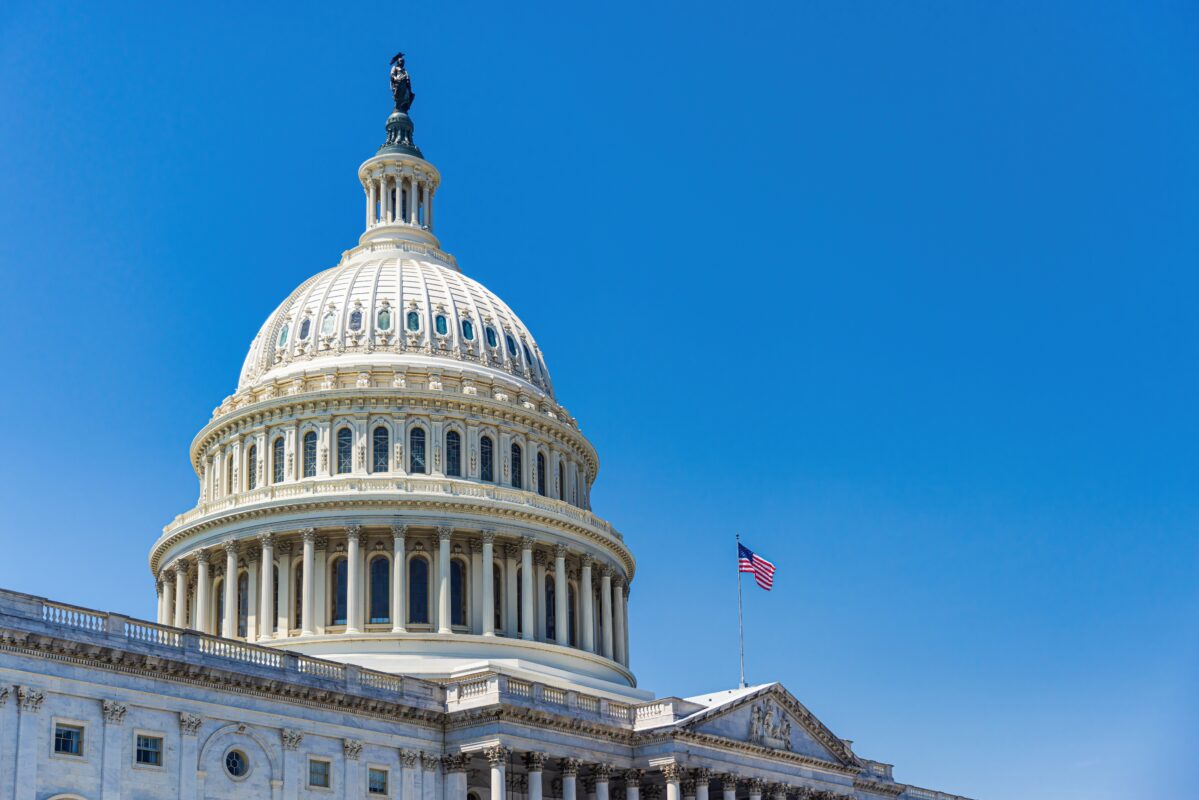Researchers at Columbia University used human neural recordings and predictive models of neural activity to understand how perception of phonetic features is affected in glimpsed and masked speech in multi-talker environments. Glimpsed speech occurs when, during small portions of a stimulus, the primary talker has a better signal-to-noise ratio. This contrasts with continuously-masked speech, which has a poorer signal-to-noise ratio.
The investigators recorded intracranial electroencephalography (iEEG) responses in seven participants who were receiving surgical treatment for epilepsy while listening to a two-talker stimulus located at zero degrees azimuth. Results of the iEEG recordings and predictive models suggested that glimpsed speech was encoded in the primary and secondary auditory cortex, with enhanced encoding of target speech in the secondary auditory cortex. However, there was delayed response latency of the masked speech target, and masked stimuli are only encoded for the target talker in the secondary auditory cortex.
In summary, the results of this study suggest separate brain mechanisms for encoding glimpsed and masked speech and further supports existing models of glimpsed speech.
Reference
Raghavan VS, O’Sullivan J, Bickel S, Mehta AD, Mesgarani N. (2023) Distinct neural encoding of glimpsed and masked speech in multi-talker situations. PLoS Biol 21(6):e3002128.
Recent Posts
Congress Introduces Legislation to Protect Audiology Students’ Access to Federal Loans
New bipartisan legislation (H.R. 6718) introduced in the U.S. House of Representatives would restore audiology to the federal definition of a professional degree under the…
Academy Presents Inaugural AAA National Health Leadership Award to Representative Bilirakis
Today, Patrick Gallagher, Executive Director of the American Academy of Audiology, presented the inaugural AAA National Hearing Health Leadership Award to Representative Gus Bilirakis (R-FL)…
2026 Academy Honors and Awards Recipients
Every year, the Academy asks colleagues, friends, and mentees to look around their professional circles and identify members who are deserving of recognition for outstanding…


